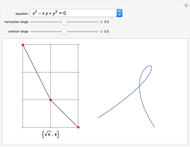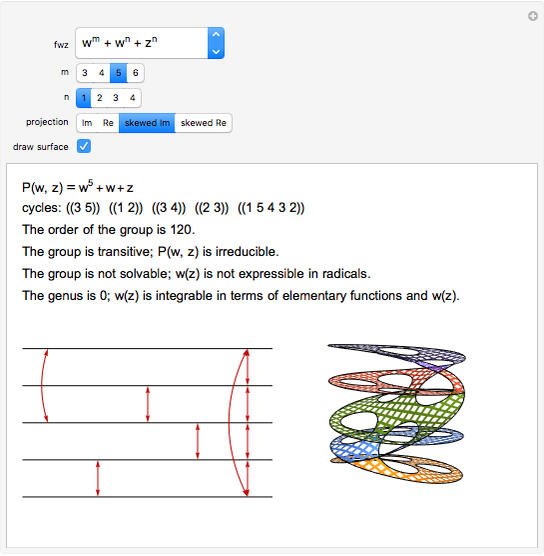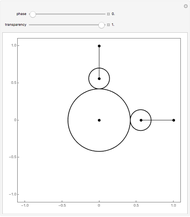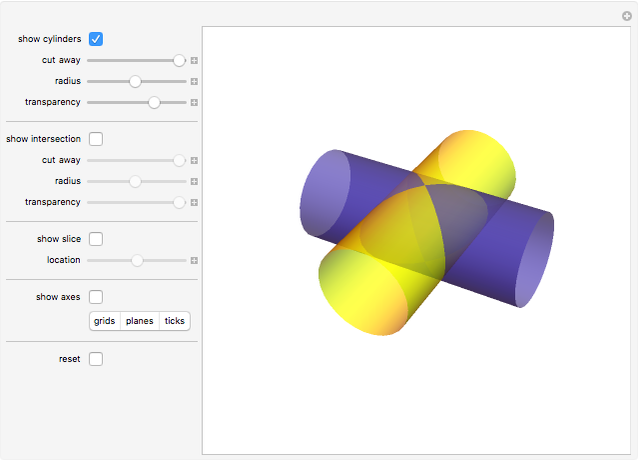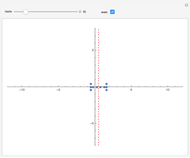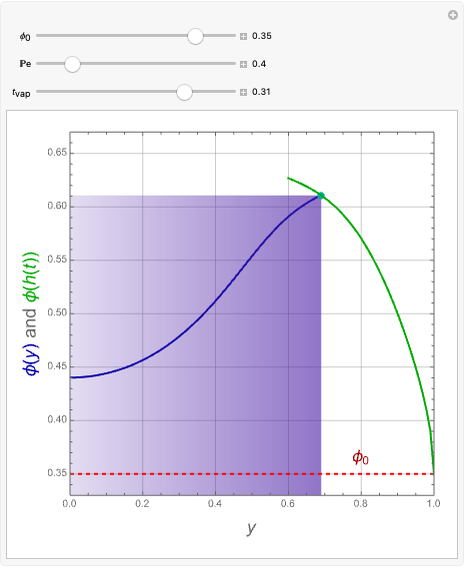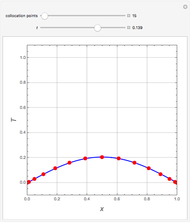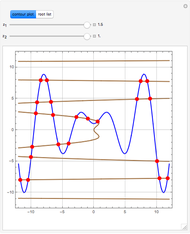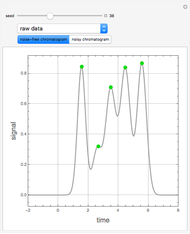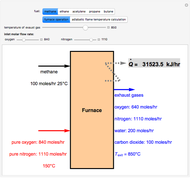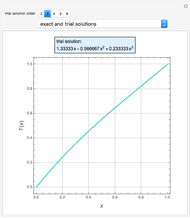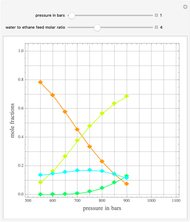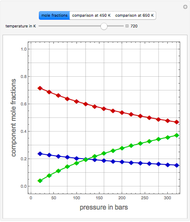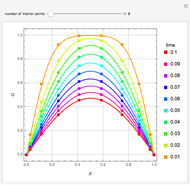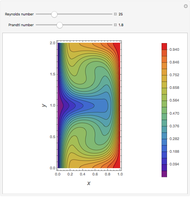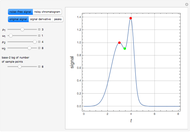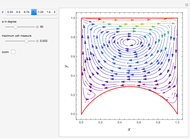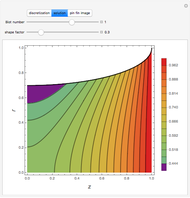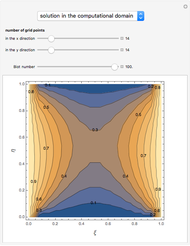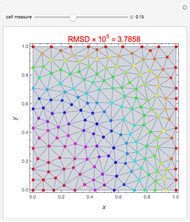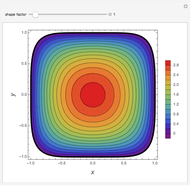All Roots of Two Systems of Algebraic Equations

Requires a Wolfram Notebook System
Interact on desktop, mobile and cloud with the free Wolfram Player or other Wolfram Language products.
This Demonstration illustrates how one can use NDSolve's WhenEvent option to determine the roots of a system of nonlinear algebraic equations:  and
and  . An attractive feature of the method is that one does not need not need to know at the outset an approximate guess for the roots. All one needs to do is specify the solution domain
. An attractive feature of the method is that one does not need not need to know at the outset an approximate guess for the roots. All one needs to do is specify the solution domain  ,
,  .
.
Contributed by: Housam Binous, Ahmed Bellagi, and Brian G. Higgins (October 2013)
Open content licensed under CC BY-NC-SA
Snapshots
Details
The following describes the solution methodology.
First, define  . By construction
. By construction  . If
. If  is a root of the system
is a root of the system  , then
, then  and
and  . Thus, a necessary condition is given by
. Thus, a necessary condition is given by  .
.
You can solve the differential-algebraic system of equations:
 Eq. (1),
Eq. (1),
 Eq. (2).
Eq. (2).
In doing so, we are solving the ODE given by Eq. (1) along the curve  defined in the x-y plane by Eq. (2). A solution to such a problem is always guaranteed for the particular case when the DAE system has index 1, which is equivalent to
defined in the x-y plane by Eq. (2). A solution to such a problem is always guaranteed for the particular case when the DAE system has index 1, which is equivalent to  . We use the built-in Mathematica function WhenEvent to obtain the values of
. We use the built-in Mathematica function WhenEvent to obtain the values of  (i.e., the candidate roots) that verify the necessary condition
(i.e., the candidate roots) that verify the necessary condition  . For each value of
. For each value of  , we check if the system of equations is indeed verified by calculating
, we check if the system of equations is indeed verified by calculating  . If
. If  , that particular candidate solution is simply rejected.
, that particular candidate solution is simply rejected.
Permanent Citation
















